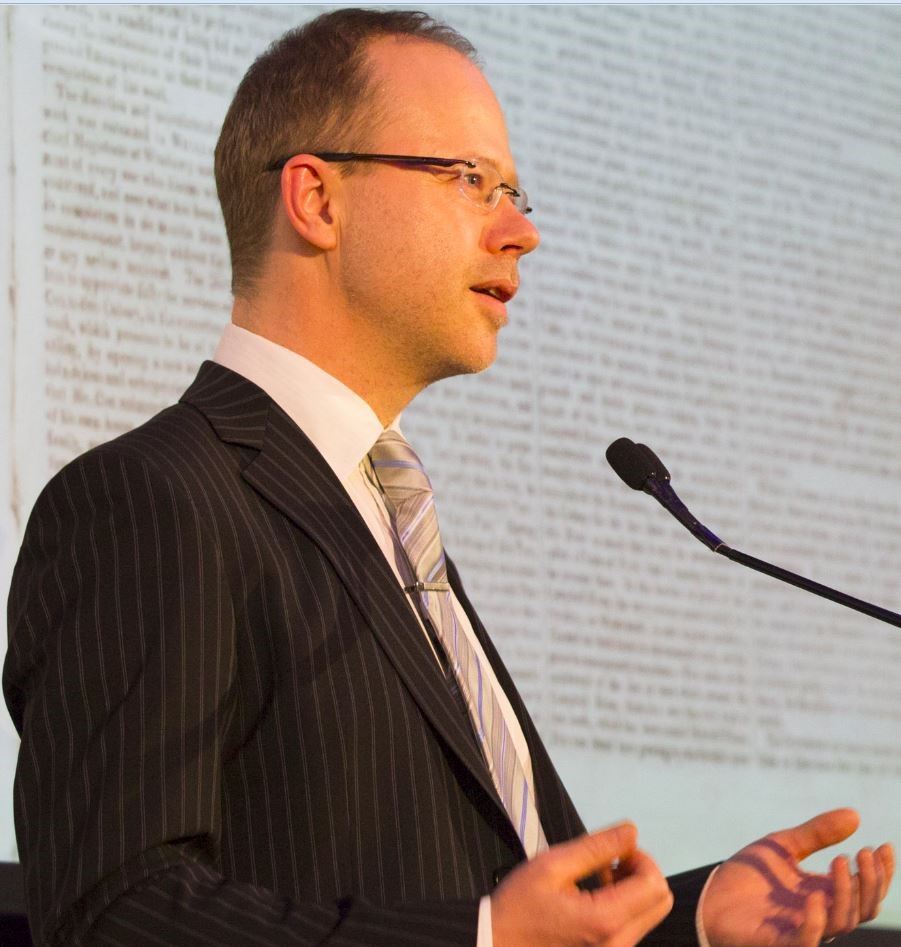Never before in the history of representation have there been so many available ways for art to represent and to “frame” lives. At the same time, the explosion of biographical information that social media have enabled has demonstrated dramatically the illusionist basis of the enterprise of biographical containment. The very idea of “auto/biography” has in recent years broken out of its own conventional frames to enlist genres and modes of representation that have more commonly operated in other arenas or have played supporting roles, rather than taking center stage themselves, as they do in many of the biographical works considered in this collection of essays. Whether their focus is on cartoons, photographs, installations, graphic memoirs, films, games, or narrative texts, these essays rigorously explore and unravel the notion of “framing” as it applies to presenting and displaying lives.
“Framing” can be understood as an act of enclosing by organizing material into some kind of order (Macquarie Dictionary). This act requires establishing boundaries whose nature and position inescapably reflect specific artistic, personal, or political purposes or world views. While these boundaries may provide a sense of containment, they are always provisional, and their very existence highlights the fact that much lies beyond them. Further, frames are endlessly open to revision by successive audiences, whose interpretations apply further layers of framing. As Derrida has said: “No totalization of the border is even possible. Frames are always framed” (qtd. in MacLachlan and Reid 112).
Although the essays here consider widely diverse products of the biographical imagination, they have in common a deep interest in the biographer’s chosen strategies for fulfilling auto/biography’s primary role: unearthing, selecting, shaping, and displaying words, images, and objects to create an impression of a life. Artifacts, photographs, documents, and mementos all play important roles as keepers of memory. But how can their latent significance be released? The contributors to this special issue, through their analyses of the interplay between memory and its many kinds of visual triggers and props, have foregrounded the key role that visual culture can play—through photographs, films, cartoons, sketches, and sculptures—in the processes of recalling and reassembling the components of a “life,” in the multiple modes of auto/biography with which they engage.
[extract]
Arthur, Paul Longley, ed. ‘Framing Lives.’ Special issue, Auto/Biography Studies 29, no. 1 (2014).






